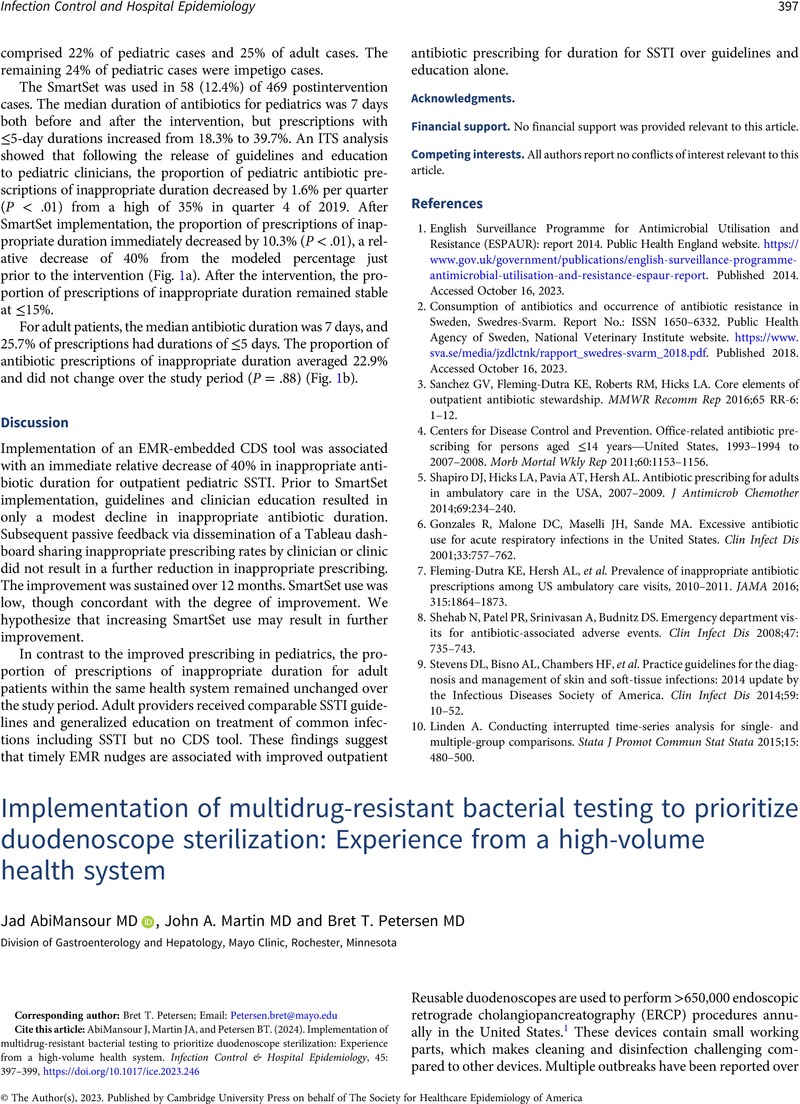FDA safety communication. Use duodenoscopes with innovative designs to enhance safety. US Food and Drug Administration website.
https://www.fda.gov/medical-devices/safety-communications/use-duodenoscopes-innovative-designs-enhance-safety-fda-safety-communication. Published online June 29,
2022. Accessed October 30, 2023.
Google Scholar 